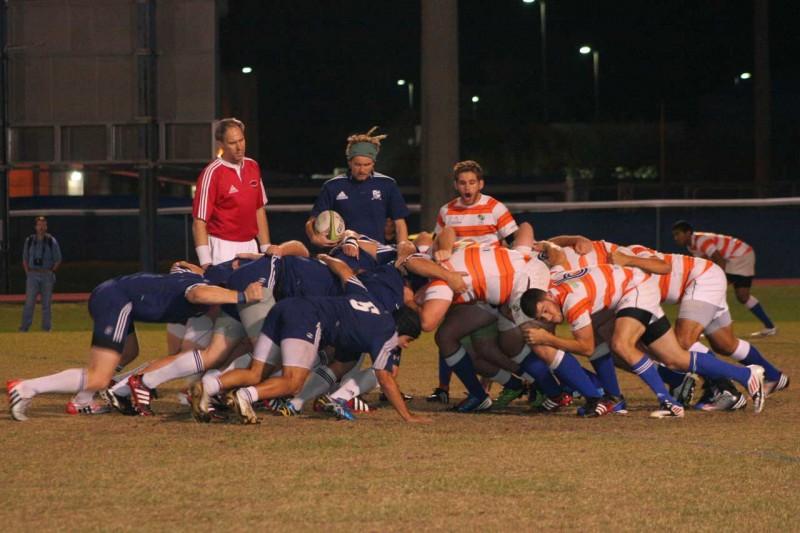
Junior Ben Waddington plays as the scrum-half, making the decisions for their next attack.
If American football has a close relative in the sporting world, the obvious choice would be rugby. Despite the two sports sharing multiple key components of gameplay, the rules of rugby remain largely unknown.
The Deadbirds, UNF’s club rugby team, play under the Rugby Union umbrella, thus abiding by their rules and regulations.
A match, played on a pitch, consists of two 15-man teams with each team separated into two groups — the forwards and the backs. The forwards are made up of these positions: loose head prop, hooker, tight head prop, second rows, wing forwards, number eight and the scrum half. The backs consist of the fly-half, inside center, outside center, wing and the fullback.
“Forwards tend to be your bigger guys, who do more of the hitting, where as your backs are smaller, quicker guys who do most of the running and passing,” Joseph Eichner said, a junior veteran of the Deadbirds.
The scoring methods in rugby are similar to those seen Sunday during professional football games. Players attempt to move the ball towards goal lines placed on opposite ends of the field.
A “try” is one way to score in a rugby match. It is similar to a touchdown in football except the player must touch the ball to the ground after crossing the goal line, and only five points are awarded instead of six. Unlike football, forward passes are illegal in rugby. Instead, running with the ball advances the ball toward the goal. Players use combinations of lateral and kick passes to navigate the ball upfield and avoid defensive pressure.
Following a successful try, the scoring team has the opportunity to score an additional two points by placekicking or drop kicking the ball through the opponent’s uprights. The kick must be in line with where the ball was touched down.
Another way to score is off a penalty kick, which awarded after certain infractions occur. The team that has been the recipient of the foul is given an unopposed kick at the spot of the incident. If near the opponents goal, on a penalty kick, they may attempt a kick through the uprights and above the crossbar, if successful, three points are awarded.
Flagrant tackles are the culprit for most penalty kicks. “When it comes to tackling, you cannot high tackle, shoulder charge or dump tackle, if you do, it’s a penalty,” Eichner said.
The last way to score in rugby is the drop goal, which is similar to a penalty kick, except it can be attempted at anytime during the game. In order for the drop goal to count, the ball must be drop kicked, meaning it needs to be dropped to the ground first and then kicked off the bounce. Three points are awarded for a successful drop goal.
“The main way of scoring is by running the ball into the try zone and placing the ball on the ground,” Trace Horevitz said, a senior fly half.
Some of the most unique plays during a rugby match occur during scrums and line-outs. A scrum (Pictured Above) takes place, under Rugby Union rules, in order to resume play after a minor infraction. It involves up to eight players from each team that link together in three rows and interlock with the opposing team’s players. The ball is then fed into a tunnel between the two teams and they both compete to gain possession.
A line-out occurs when the ball has gone into the touch, the term used to describe out of bounds. During a lineout, both teams line up with an equal number of players one meter apart and compete for a ball thrown between them.
The game of Union Rugby is internationally popular, but remains an esoteric sport in America. According to a study by Coventry University, participation in the sport grew by a rate of 350 percent in the U.S. between 2004-11. According to USArugby.org, during the 2010-11 season, there were over 32,000 college members and 854 college clubs registered with USA Rugby, roughly a 14 percent increase since August 2008.
The Deadbirds are set to wrap up their season with a title at the Collegiate Florida Cup, beginning, Nov. 17, in Gainesville, FL.









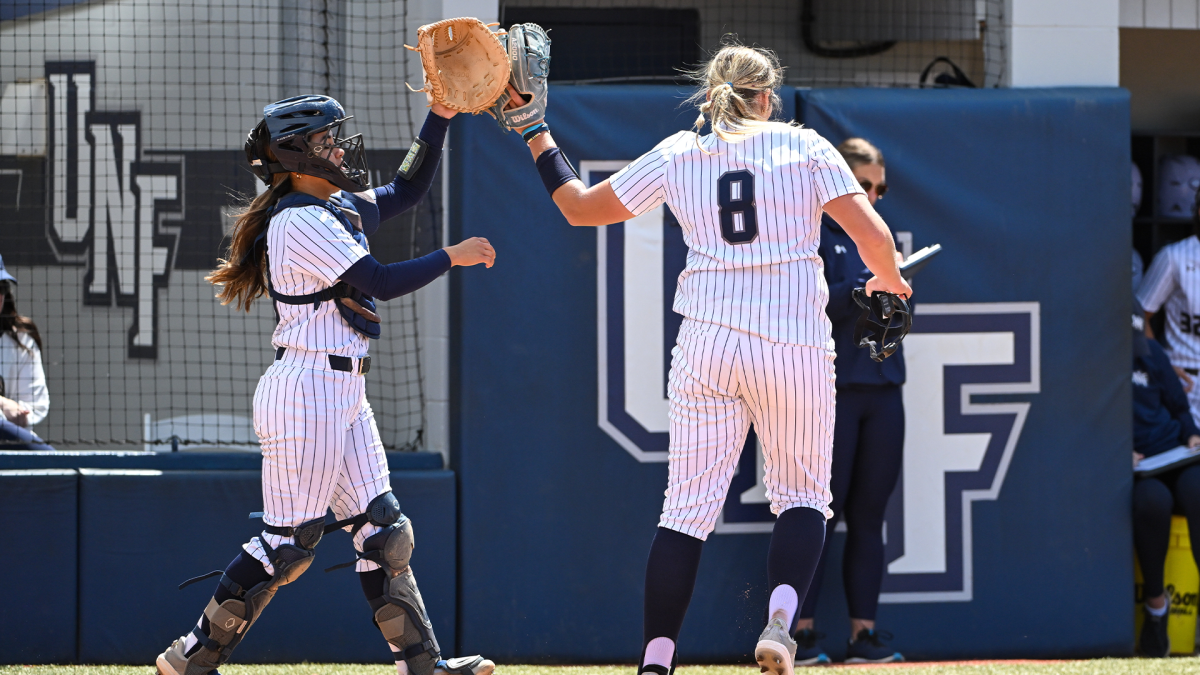
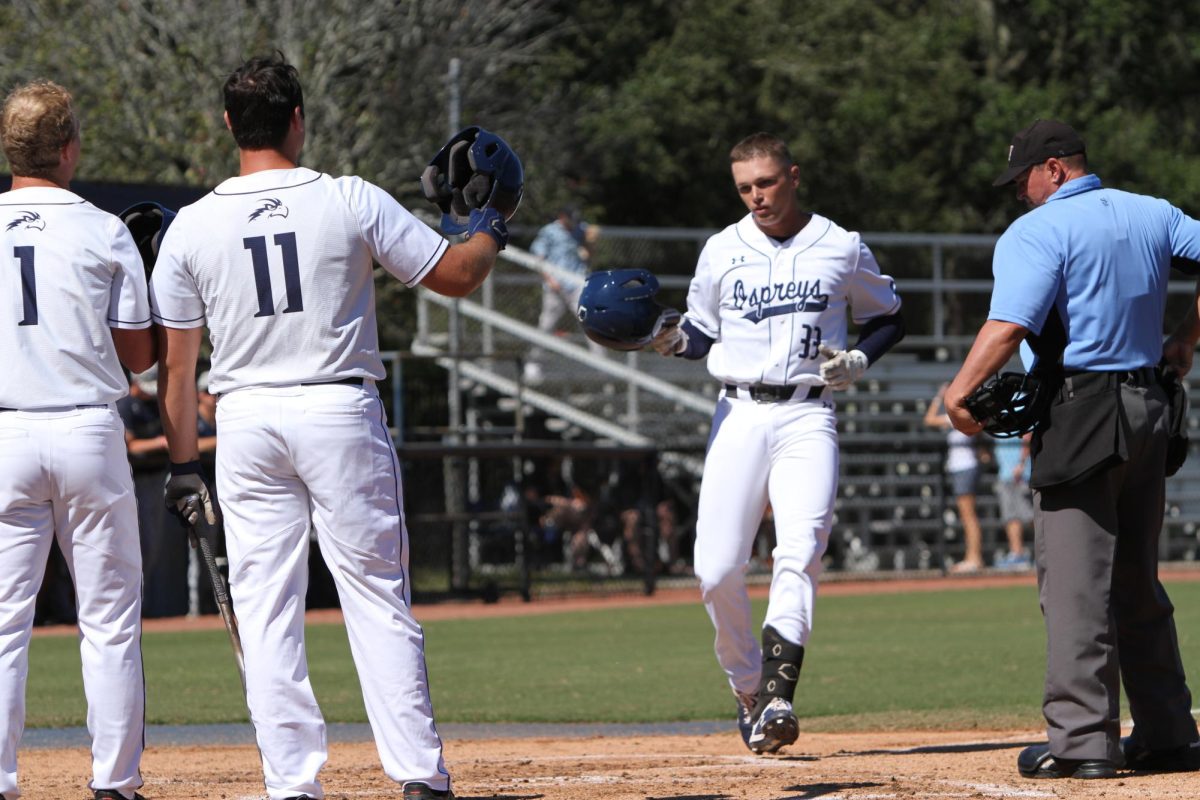

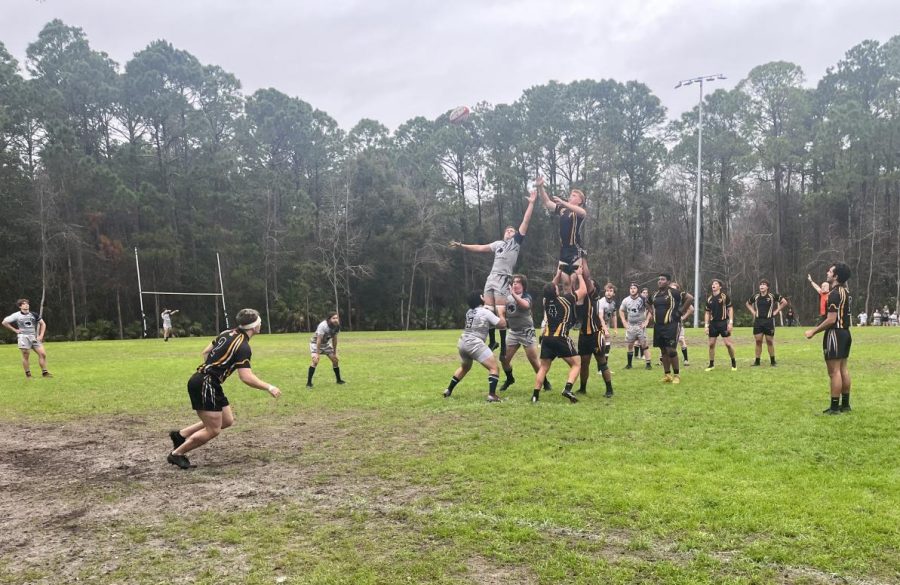
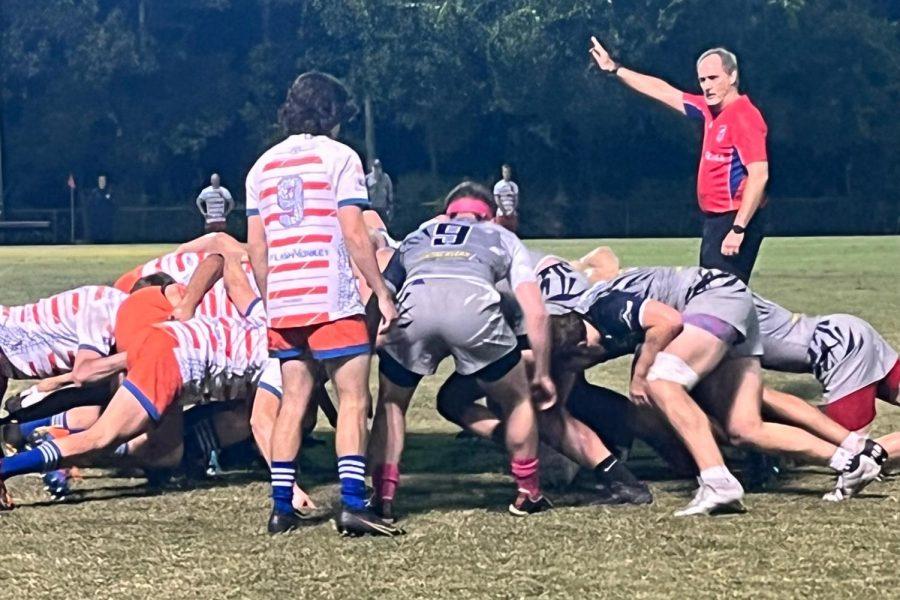


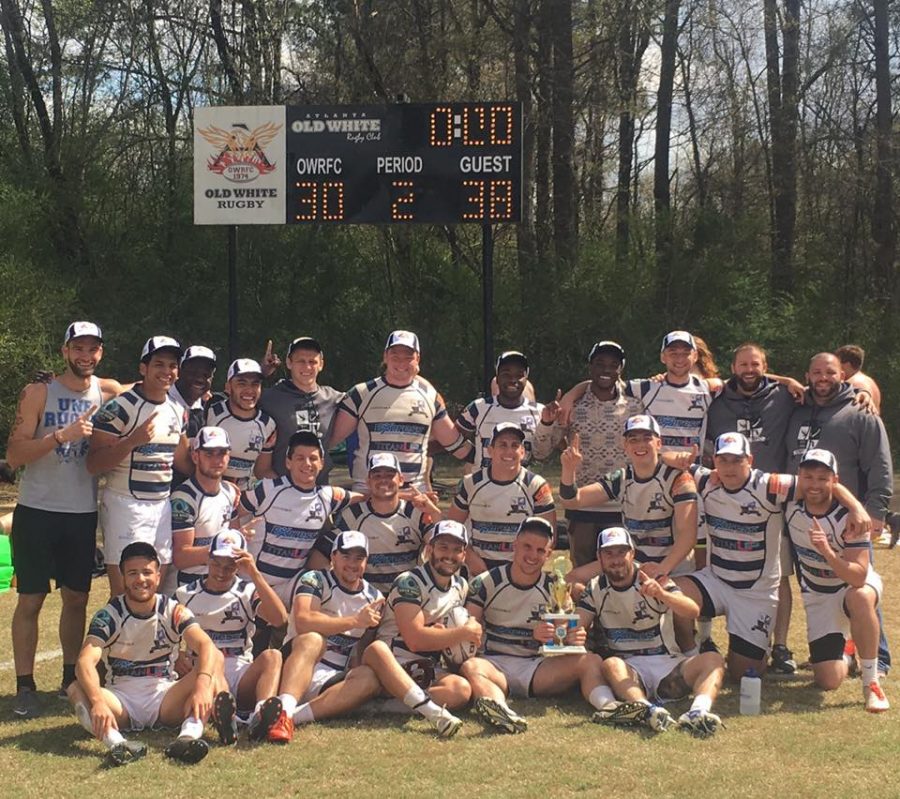
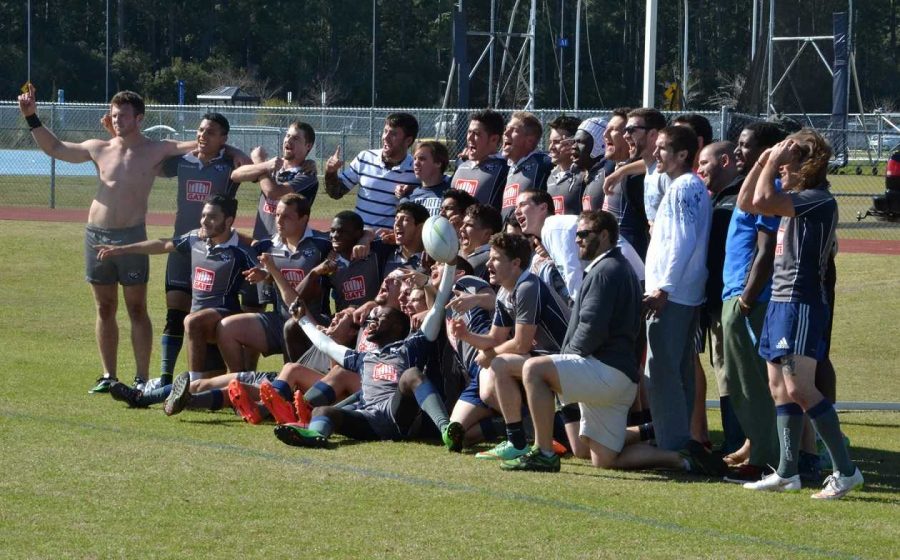

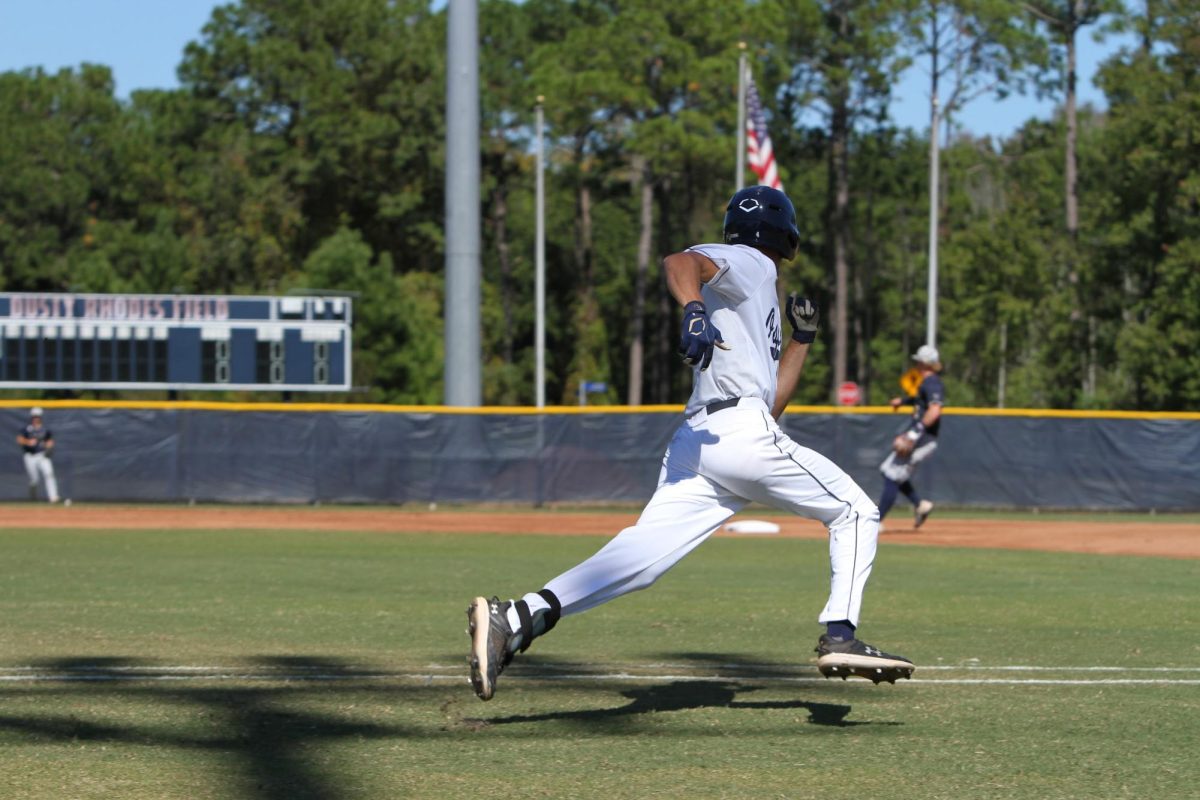
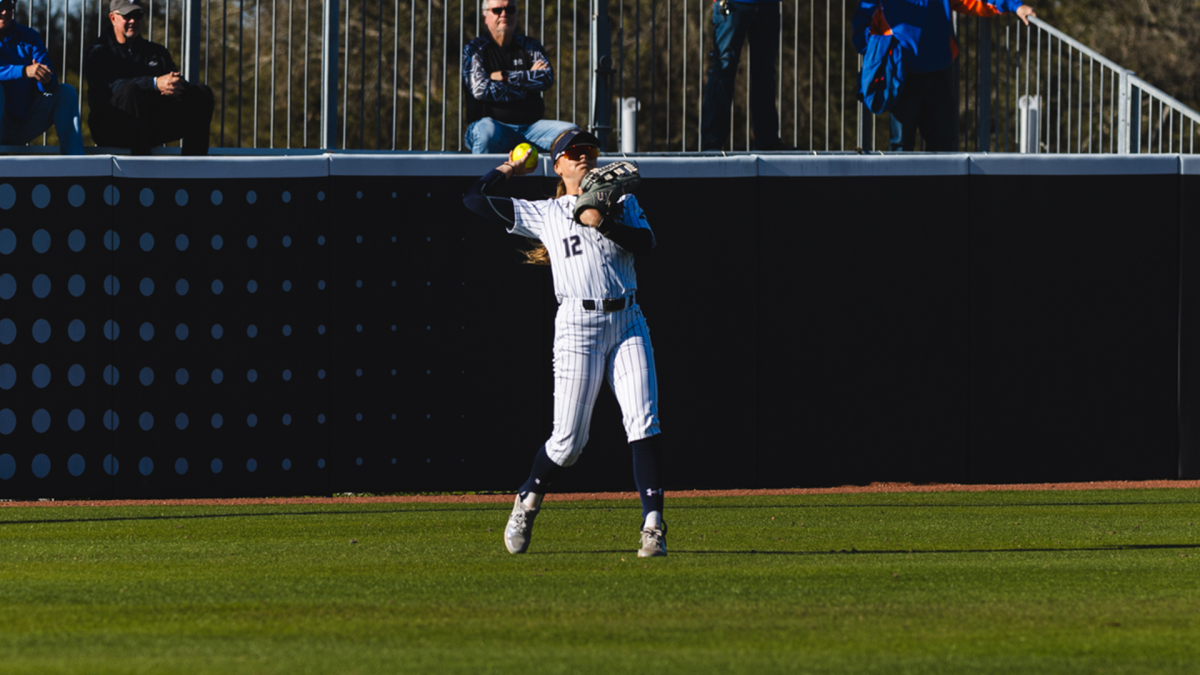
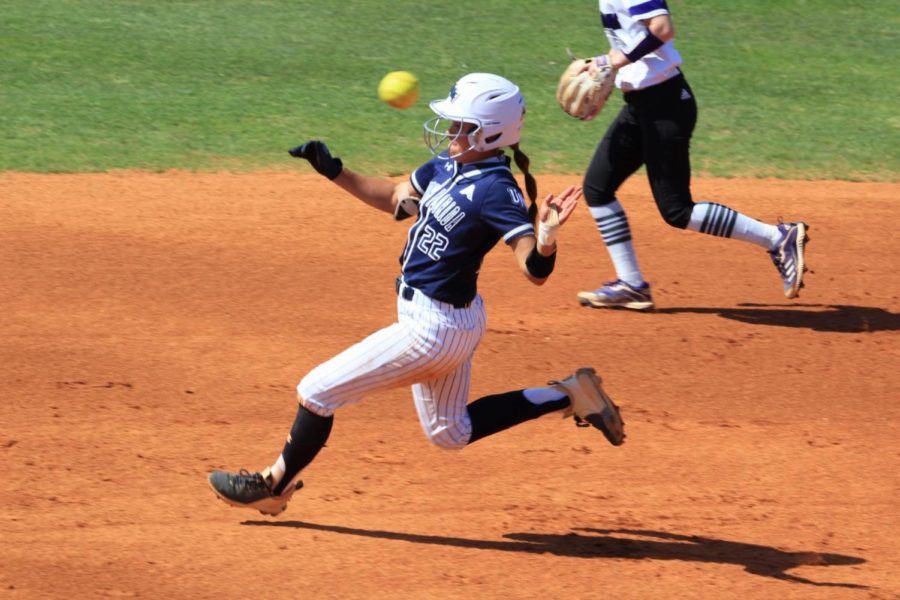

Jen Pack • Nov 30, 2016 at 1:09 pm
I have always been interested in rugby, but I’ve never really understood the rules so I appreciate this information. It’s interesting that the scoring team has the opportunity to score an additional two points after each “try.” It sounds like there are many ways to score that vary a lot. I’ll have to find some professional rugby DVDs to watch so I can start understanding it better.